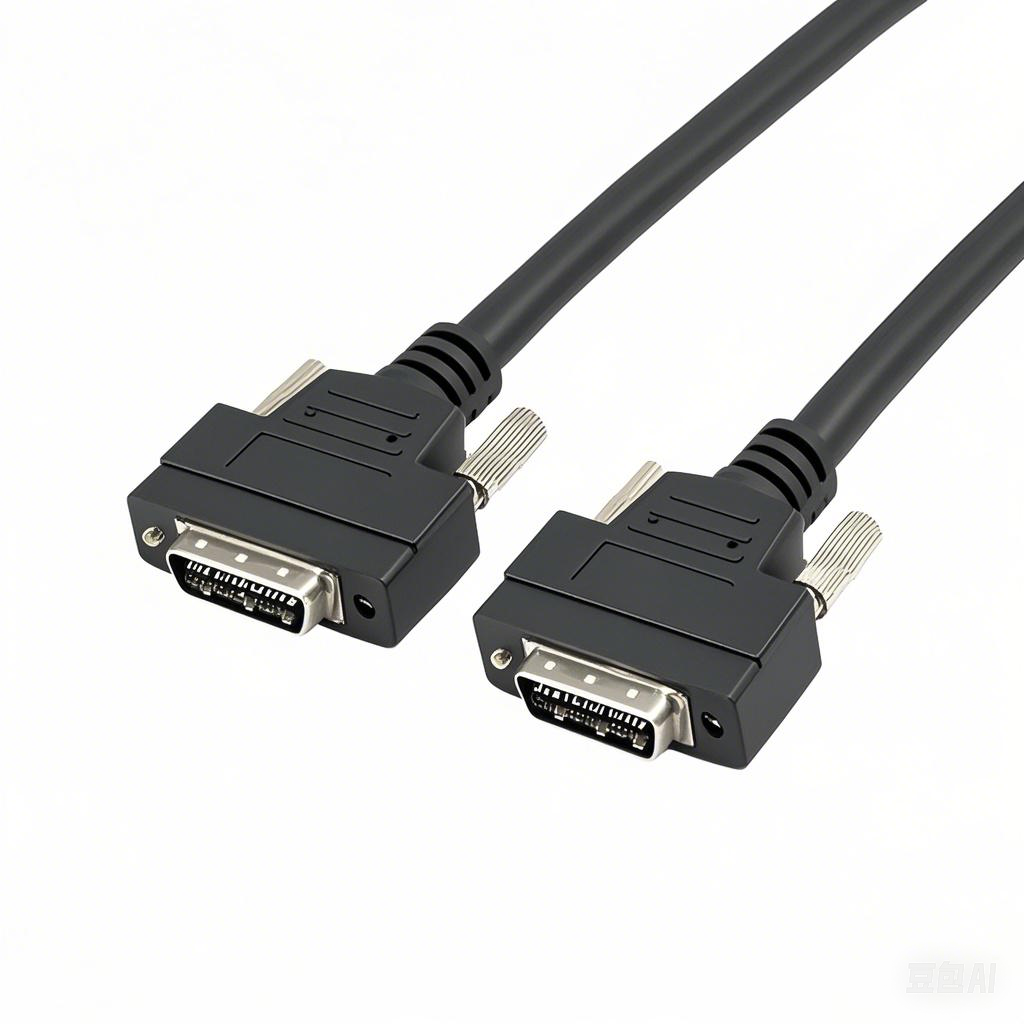What is the voltage rating of a typical machine cable
The voltage rating of a typical machine cable refers to the maximum voltage that the cable can safely withstand under normal operating conditions without experiencing insulation breakdown or other electrical failures. This rating is a critical parameter, as it ensures the cable can reliably transmit power or signals within a specific electrical system while maintaining safety and performance.
For most industrial and commercial machine cables, the voltage ratings typically fall within specific ranges based on their application. Low-voltage machine cables, which are commonly used in small to medium-sized machinery such as pumps, conveyors, and manufacturing equipment, usually have voltage ratings between 300V and 600V. These cables are designed to handle the moderate power requirements of devices operating in standard industrial settings, where the electrical load is relatively consistent.
In cases where machinery requires higher power input, such as large motors, heavy-duty industrial equipment, or systems with high voltage distribution, medium-voltage machine cables are employed. These cables generally have voltage ratings ranging from 1kV to 35kV. They feature enhanced insulation materials and construction to withstand the increased electrical stress, ensuring safe operation in environments where higher voltages are necessary to drive large machinery efficiently.
It is important to note that the specific voltage rating of a machine cable is not arbitrary but is determined by several factors. The insulation material plays a key role: materials like PVC (polyvinyl chloride) are commonly used for low-voltage cables, while cross-linked polyethylene (XLPE) or ethylene propylene rubber (EPR) are preferred for medium-voltage applications due to their superior dielectric strength and heat resistance. Additionally, the cable’s design, including conductor size and shielding, is optimized to match the intended voltage range, preventing energy loss and minimizing the risk of electrical hazards.
Another consideration is the application environment. Cables used in harsh conditions, such as those exposed to extreme temperatures, moisture, or chemical exposure, may have voltage ratings that are adjusted to account for these factors. Manufacturers often provide detailed specifications to ensure that the cable selected is suitable for both the voltage requirements and the environmental challenges of the machinery it powers.
To sum up, the voltage rating of a typical machine cable varies based on the equipment’s power needs, with low-voltage cables (300V–600V) for standard machinery and medium-voltage cables (1kV–35kV) for high-power applications. Understanding this rating is essential for selecting the right cable, as using a cable with an insufficient voltage rating can lead to insulation failure, equipment damage, or even safety risks like electric shocks or fires. Always refer to the machinery’s specifications and relevant industry standards to choose a cable with the appropriate voltage rating.











